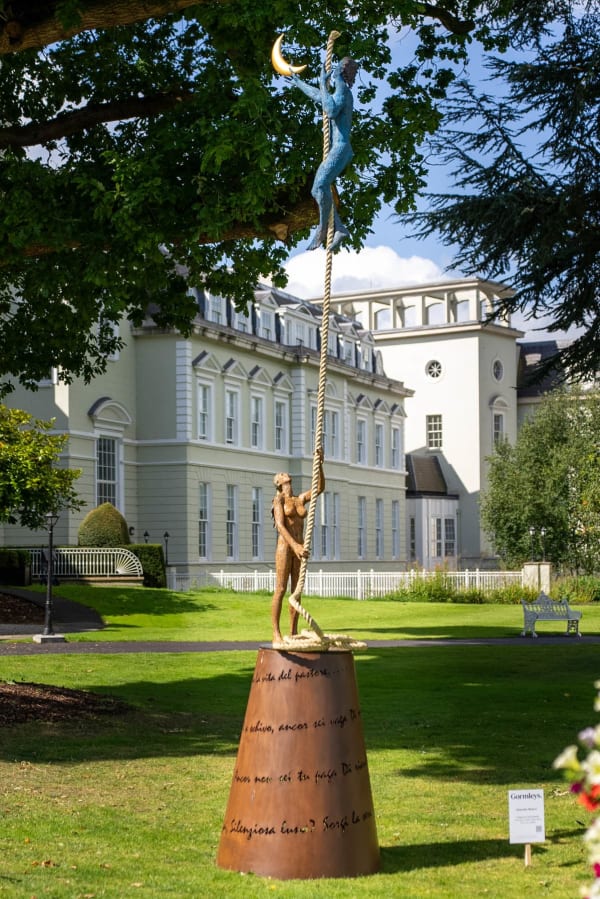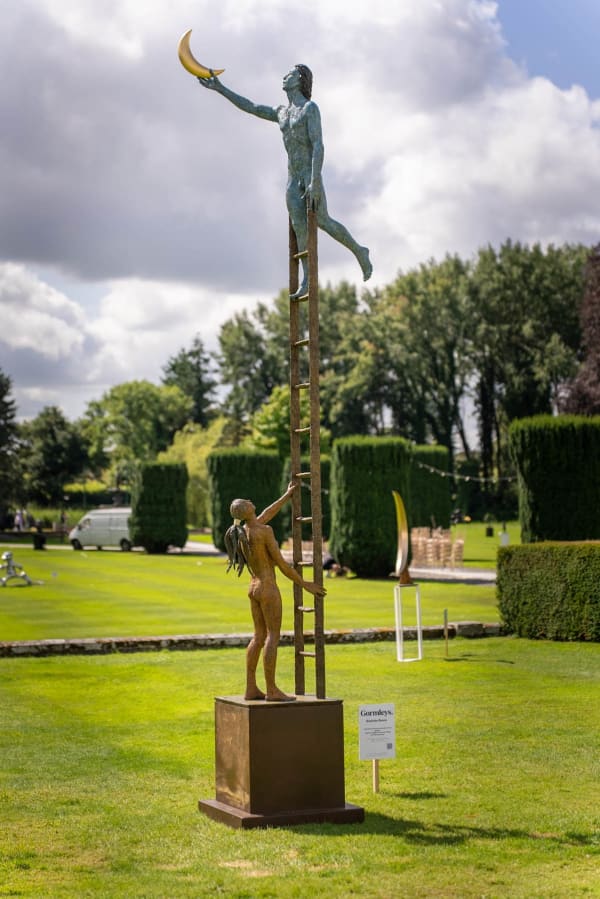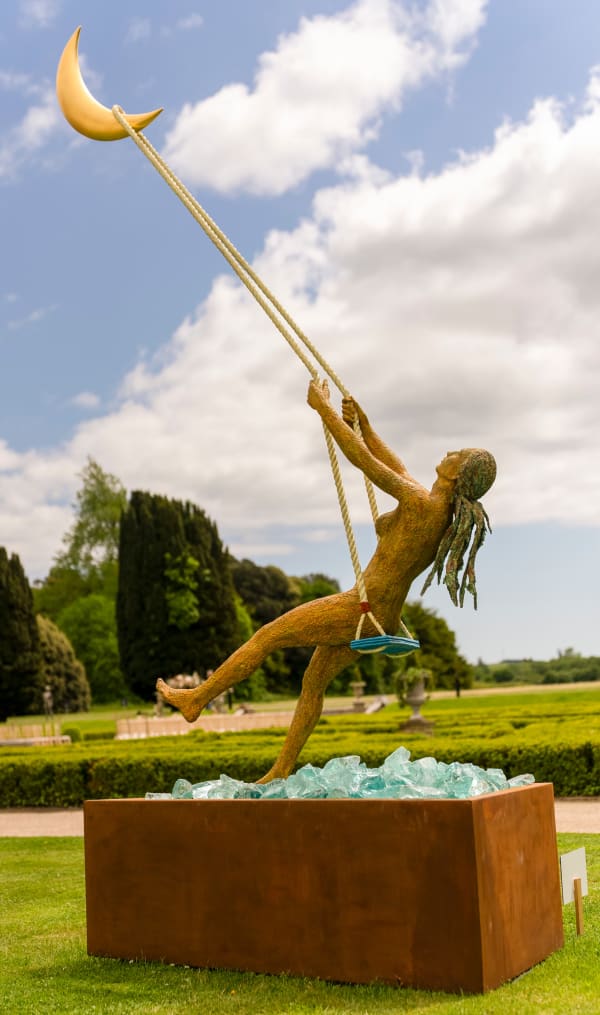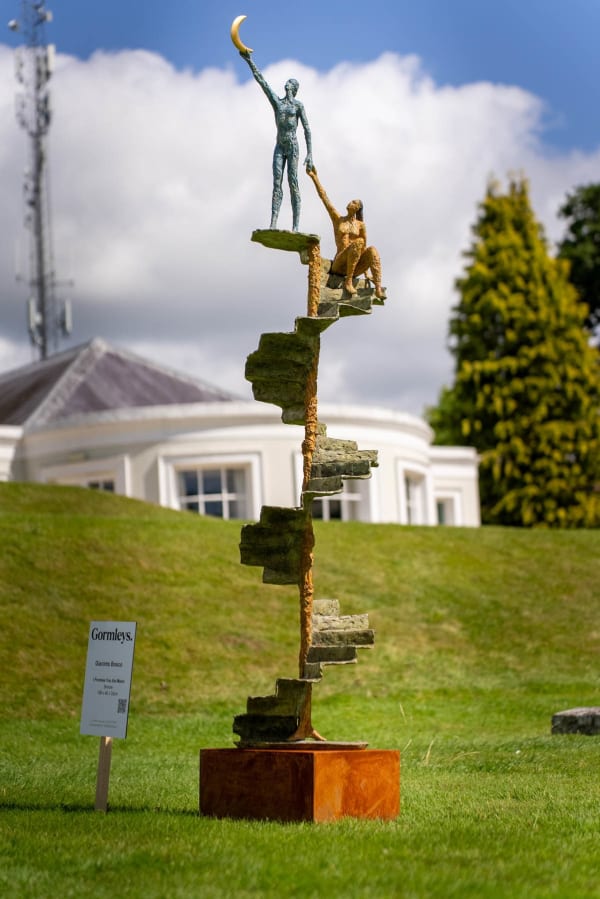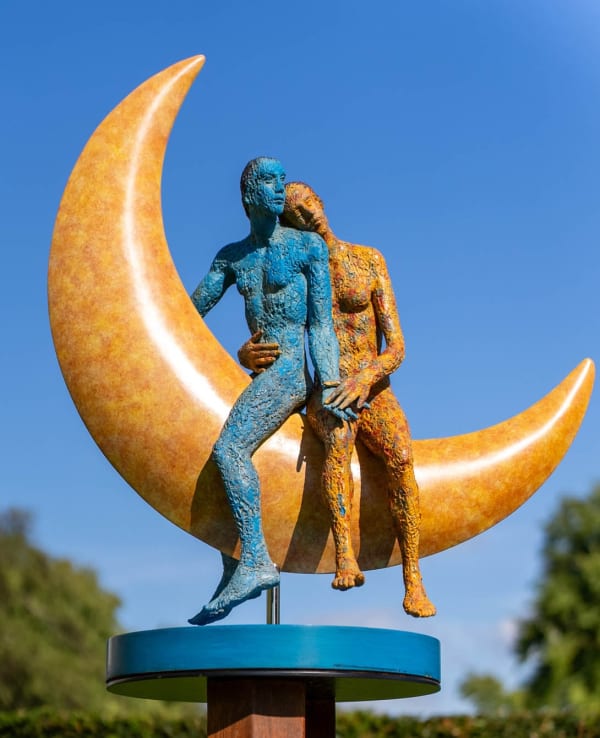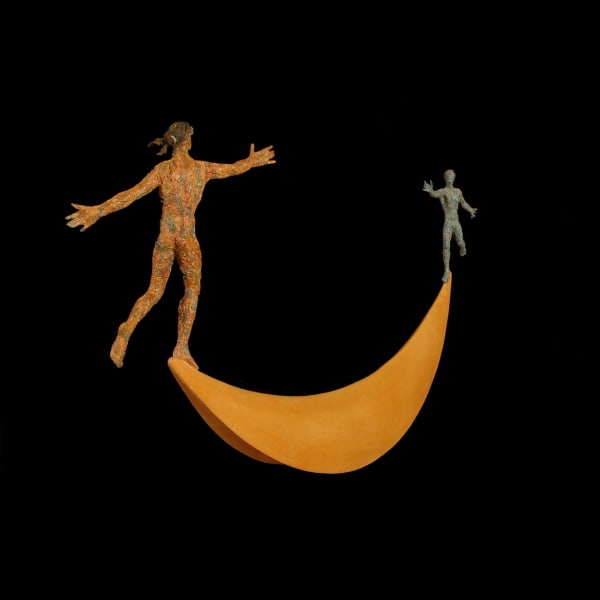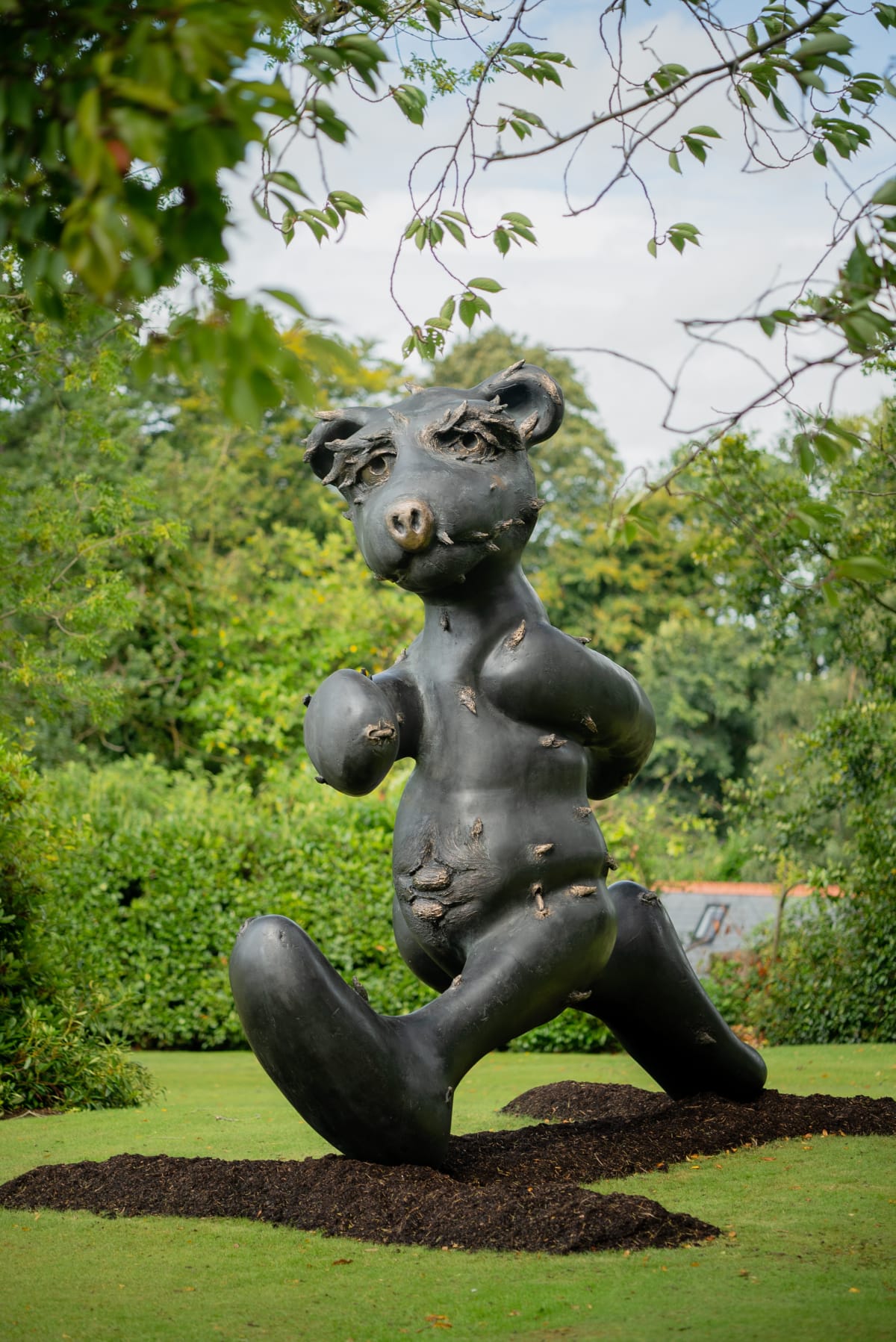Giacinto Bosco
Italian sculptor Giacinto Bosco began working with local artisans at a very young age and apprenticed as an artistic caster after moving to Milan at the age of 15. The foundry where he worked was also a meeting place for sculptors and artists, who were a source of inspiration and stimulation as a young man.
Bosco attended Milan's Bramante Artistic School, where Prof. Teruggi encouraged him to develop his artistic talent. He became a member of "Società per le Belle Arti ed Esposizione Permanente" (known as "La Permanente") in 1990 and completed his first public commissions over the following years, including "The Light" (Rescaldina, Italy 1997), Statue of John Paul II (Arese, Italy 2006), "A Peaceful World" (Garbagnate, Italy 2008), and Statue of Pope Benedict XVI (Santa Maria di Leuca, Italy 2009).
His current "Aphorisms of the Moon" works reflect a move to a more poetic dimension in which his dreamlike imagination is transformed and shaped into sculptures. Bosco's non-conformist means of expression are a straightforward way of pushing against contemporary experimentation with unusual materials, desecrating what is vibrant and beautiful in art, and declaring its irreversible demise.
Bosco's works conform to the expressive traditions of the late 20th century, yet integrate the timeless themes of a love story. His pieces are rendered in full relief using historic bronze sculpture techniques, and encourage the observer to reflect upon his unique ability to combine historic artisan workmanship with highly original techniques of execution which are outside the formal historic canons.
